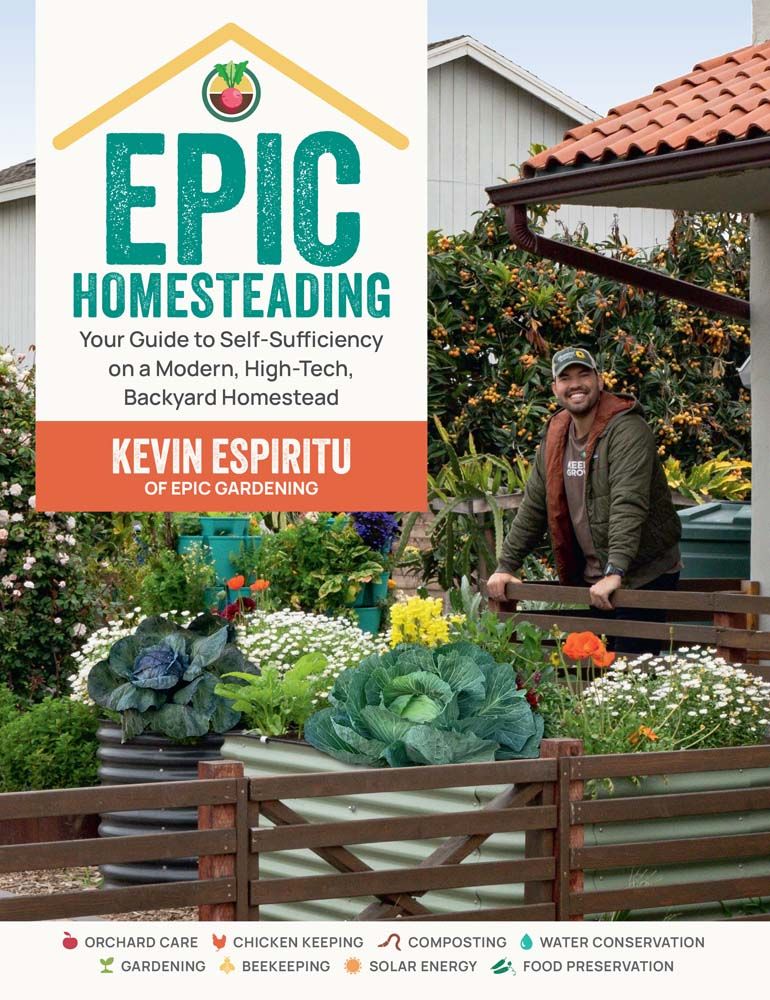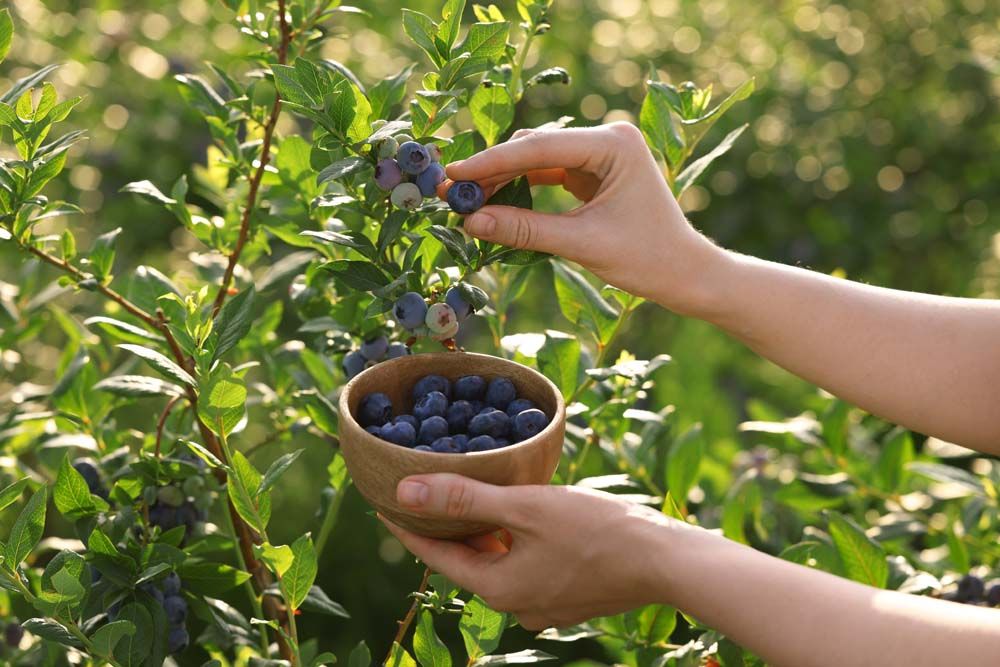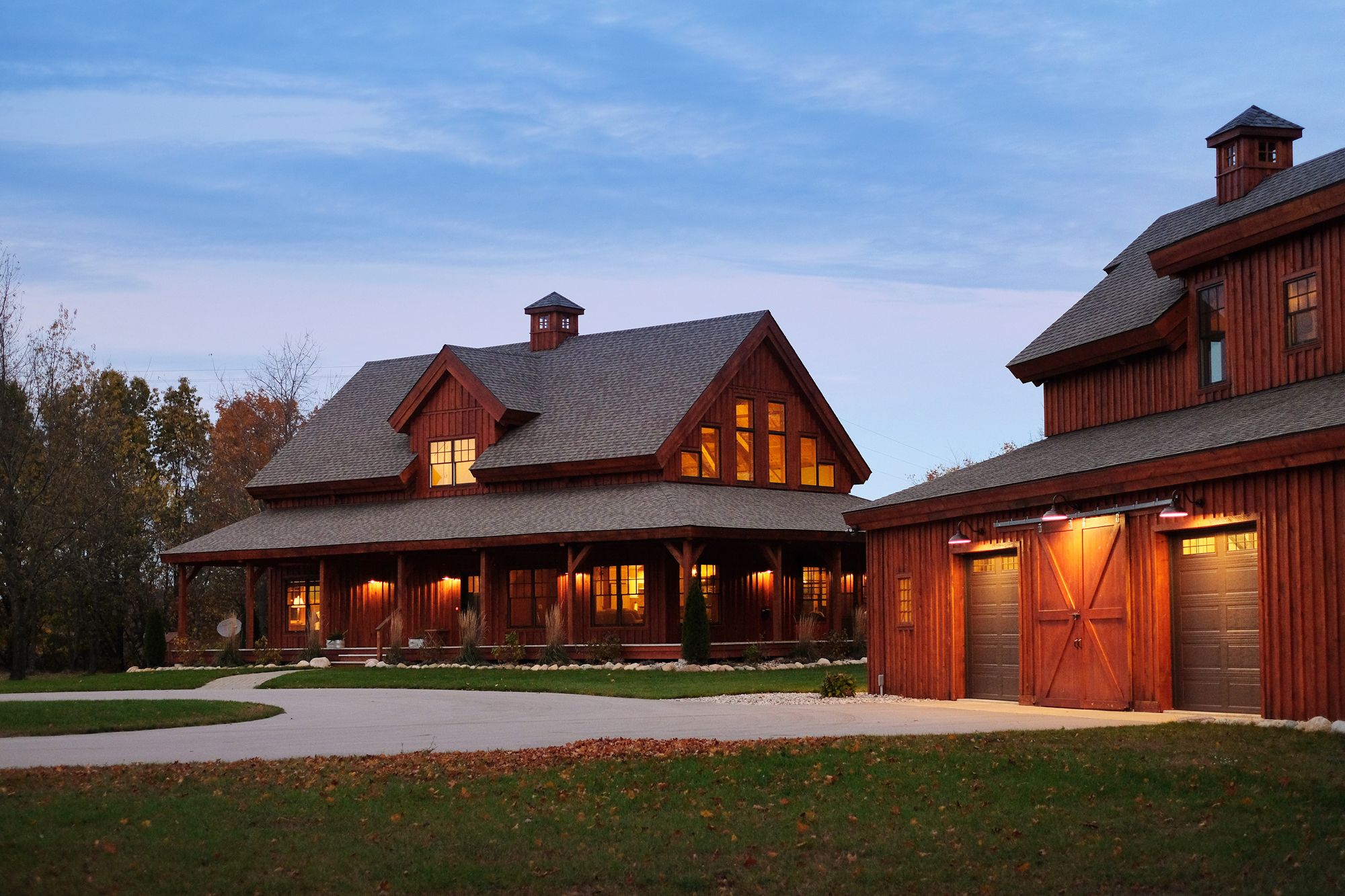Creating an Epic Homestead


A lot of buzzwords get thrown about in the homesteading space: Sustainability. Growth. Carbon-neutral. Zero-impact. Re-usability (although that one’s been around for more than a few years). Multitaskers (thanks, Alton Brown). You get the idea.
None of those are bad concepts! But sometimes, their true meaning can get lost when one is divining between the wheat and the chaff. We recently had the chance to read an advanced copy of a new book titled Epic Homesteading, an upcoming 2024 book about self-sufficiency in homesteading in the 21st century, by Kevin Espiritu of Epic Gardening. The book chronicles Espiritu’s effort to build what he calls the “Epic Homestead,” a place that can be self-sustaining, as chemical-free as possible, a safe haven for animals and more.
Here are a few areas that we felt were particularly worthy of highlighting.
Project planning
In my career, I’ve always had to operate within a framework of timeline, budget, and scope: If even one of those gets out of whack, then an entire project can get out of whack.
Espiritu writes, "Consider the big projects you want to do and in what order you want to do them. Your homesteading priorities, your budget and your needs will dictate this for you."
He also notes, "If I could redo some of the projects I did to set up the Epic Homestead, I would have done a few things in a different order." As an experienced homeowner myself, this could not possibly be more true. When planning renovations, for example, we completely overlooked ways to modernize and make our water-heating system sustainable, in favor of re-doing a fence...and then the water heater decided to say goodnight.
The foundation of the homestead
Espiritu notes that he spends, at minimum, at least 15 minutes in the garden of the Epic Homestead. This is the inverse of a mistake I and several other friends made, myself with my own garden and others with a community garden we tried.
Sure, I'd go outside and water my tomato plants in-season, but was I really taking care of the garden, making sure that plants were at optimal angles with regard to the sun, things like that? (You know the answer.)
Indoor food growing
A cornerstone of Epic Homesteading is that you don’t need to have a vast swath of outdoor land. He calls out ways of growing microgreens and sprouts, alongside techniques like hydroponics and vertical grow towers (the latter of which I’d never heard of prior to reading this book).
The biggest challenge in an indoor growth setting, of course, is one that has stymied me in the past and even now. However, as LED lighting has become much less expensive, it’s a lot easier to look up what angles your chosen plants need in order to achieve maximum growth.
Espiritu goes into extensive detail in this part of the book and I highly recommend reading through it with a fine-toothed comb.
Composting
Yes, it’s potentially smelly but there’s something very, very cool about composting: As your foodstuffs and waste break down in the compost pile, they produce useful fertilizer for growing other things. In addition, they are also very useful for destroying weed seeds and other critters that you might not want in your yard.
But Espiritu notes several things that I never knew about the subject:
Compost piles tend to run too cold. As a result, they should be constantly aerated.
Make sure there’s enough actual material in the pile. (This is a mistake I’ve frequently made!)
Greens! Greens! Leafy greens are high in nitrogen, which aid in the heating of a compost pile.
There are several other remarkable methods of composting discussed in the book, including taking worm composting to a whole new level, and something called bokashi composting, which sounds both extraordinary effective and efficient, but also extraordinarily, uh, pungent, from fermenting a particularly potent bacterium..
Water conservation
I chuckled when I read this chapter of the book, because my 8th grade science fair experiment—a long time ago—was measuring whether rainwater or tap water led to better, more productive growth in potted plants. Rainwater capture is one thing, and naturally Espiritu goes into it, but what he goes into in far further detail, is what’s called greywater.
The author explains: "When fresh water runs through your laundry or shower, what you're left with is greywater. This slightly used but relatively clean water can be reclaimed and put to work elsewhere. It serves two purposes: You lighten the strain on your municipal sewer system or home septic system, and you reduce the amount of fresh water your homestead needs to operate. If everyone diverted their shower and laundry [water] from the sewer into a greywater system, we'd cut the sewage treatment burden by about 50 percent."
This is a wonderful way to irrigate a yard or garden. Notes Espiritu, though, that setting up such a system is not the easiest thing to do. However, calling around contractors in your area to see what it might cost might be worthwhile in case you may find the opportunity to realize significant cost savings!
All in all, Epic Homesteading by Kevin Espiritu is a fascinating read, with some 21st-century takes on concepts that have been around for quite some time. The book is scheduled for publication in January 2024, and can be ordered at shop.epicgardening.com/products/epic-homesteading-book

About the author
Tim Brechlin is a freelance marketer and writer from Dubuque, Iowa, who never passes up an opportunity to make something with a homegrown tomato.
Tags:Country Living

Acreage Life is part of the Catalyst Communications Network publication family.













